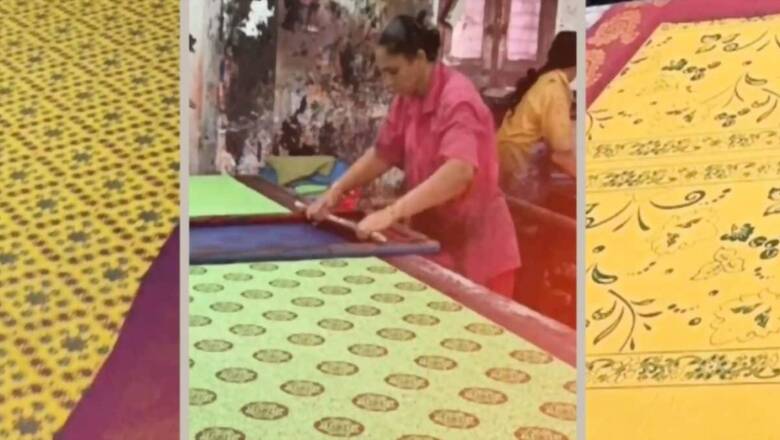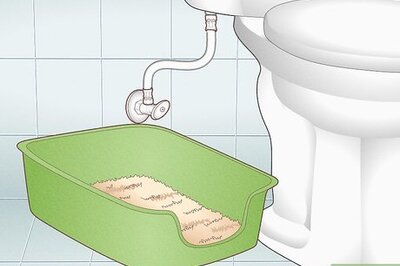
views
Madurai is renowned for many things, from festivals to sweet dishes. One such notable creation from Madurai, which has received the geographical indication (GI) tag, is the Sungudi saree. This tradition continues to be upheld in Chinnalapatti, a region that evolved into a separate district from the unified Madurai district, now known as Dindigul district. The elegance of Chinnalapatti sarees has been celebrated in songs of the past. For instance, in the film Pattikkada Pattanama, there is a song that goes, ‘Chinnalapatti-ile Kandanggi eduthu en kaialaikatti vidava,’ which highlights the popularity of Chinnalapatti sarees. In those days, Kandanggi sarees were woven in Chinnalapatti, and now, traditionally, Sungudi sarees are produced. From then until now, in the regions of Dindigul and Madurai, these Sungudi sarees play a significant role in wedding ceremonies.
Sungudi sarees are made by tying knots in the fabric, according to the desired design and then dyeing them. This unique method of production is why they are called Sungudi sarees. There are two types of Sungudi sarees: one where colours are printed, and another where wax is melted and printed hot onto the sarees. The sarees made here are exported to various places in Tamil Nadu like Salem, Madurai, Trichy, and Chennai, and also to other states such as Andhra Pradesh, Karnataka, and Kerala.
Generally, Sungudi sarees are favoured by grandmothers. Despite the influx of fashionable sarees, the traditional Sungudi saree is still purchased by many. Most homemakers prefer to buy these Sungudi sarees. The reason is that these sarees, while maintaining their traditional roots, are also designed to fit modern tastes. These sarees are favoured by homemakers due to their good ventilation. Despite the disappearance of many traditional symbols in the face of modernity, the continued popularity of the traditional Sungudi saree among the people is due to the efforts of many workers from Chinnalapatti.


















Comments
0 comment